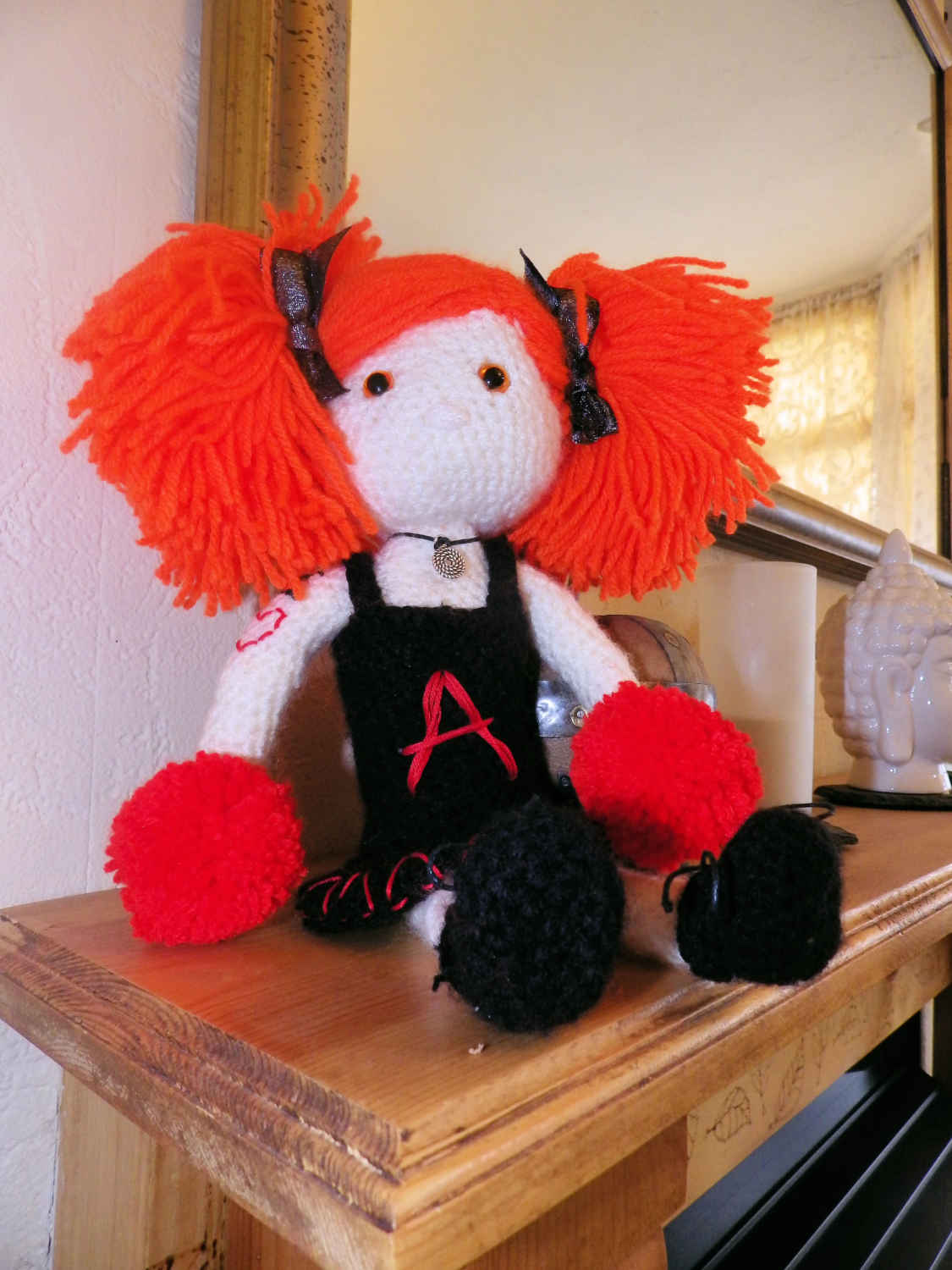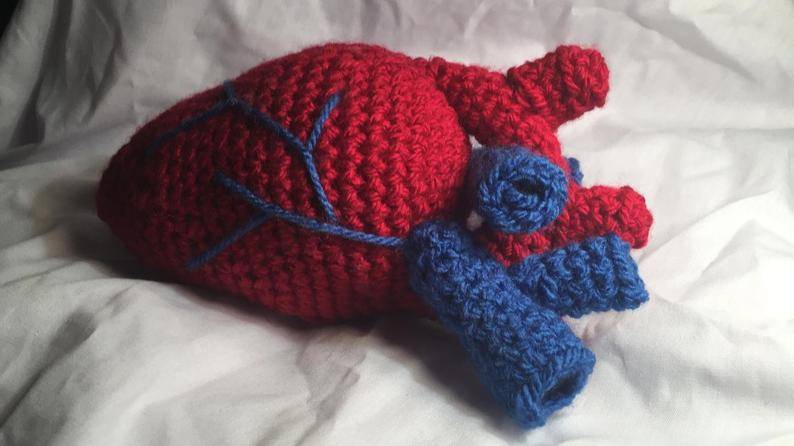Paper Ouija Oracle
£5.00
A paper fortune teller full of secrets, mysteries, and fates. Divine the future with the help of the spirits.
Ask your question. To reveal the answer, pick a letter from A-Z, use your fingers and thumbs to open and close the petals until you have counted to that letter, choose one of the four numbers from within and open its flap to read the spirits’ reply.
The Paper Ouija Oracle has many names: In Britain and America it is commonly known as a fortune teller, snap dragon, or cootie catcher. In Catalonia it is called a quatre sabaters, in Denmark, a rap-rapper and in Italy an inferno-paradiso. Despite its universal appeal, this playful piece of origami has a somewhat arcane history.
According to European sources it was widely used as a 19th Century folded paper salt cellar, or salière, (a small salt container) which was ideally suited for holding ingredients within its four pyramid-shaped compartments or keeping a pinch of seasoning wrapped beneath its folded flaps.
By the 1950’s, children had wholly appropriated the salt cellar by flipping it over to accommodate fingers and thumbs–instead of condiments–and had renamed it a cootie catcher. The word cootie comes from the Malay word kutu, meaning dog tick, and was a term first introduced to Britain by World War One soldiers. Children drew combinations of small dots into the centre (to represent the ticks), and the apexes acted as make-believe pincers. By snapping the pincers together with their fingers and thumbs to supposedly catch the tiny parasitic bloodsuckers, children would chase and nip each other whilst shouting: ‘circle, circle, dot, dot, now I’ve got my cootie shot’.
The exact timeline for when this innocuous paper artifact became a fortune teller is somewhat shrouded in mystery. There is some anecdotal evidence to suggest that its first esoteric application dates to 17th Century Europe, possibly as a divination tool that was masked as a salt cellar.
This edition of the paper oracle is believed to have been first circulated in the late 1860’s as a portable version of the popular but cumbersome wooden planchette and likely evolved in tandem with the modern Ouija or talking board. It is an exact facsimile of the original, which was recently discovered bookmarking a page of a grimoire belonging to the spiritualist medium, M. Tromper.
Shipping Continents: Europe, Asia, South America, Africa, North America, Oceania
Shipping Countries: Ireland, United Kingdom (UK), United States (US) Minor Outlying Islands, United States (US), Indonesia, Japan, India
Additional information
| Weight | 0.1 kg |
|---|---|
| Dimensions | 15 × 11 × 1 cm |






















Reviews
There are no reviews yet.